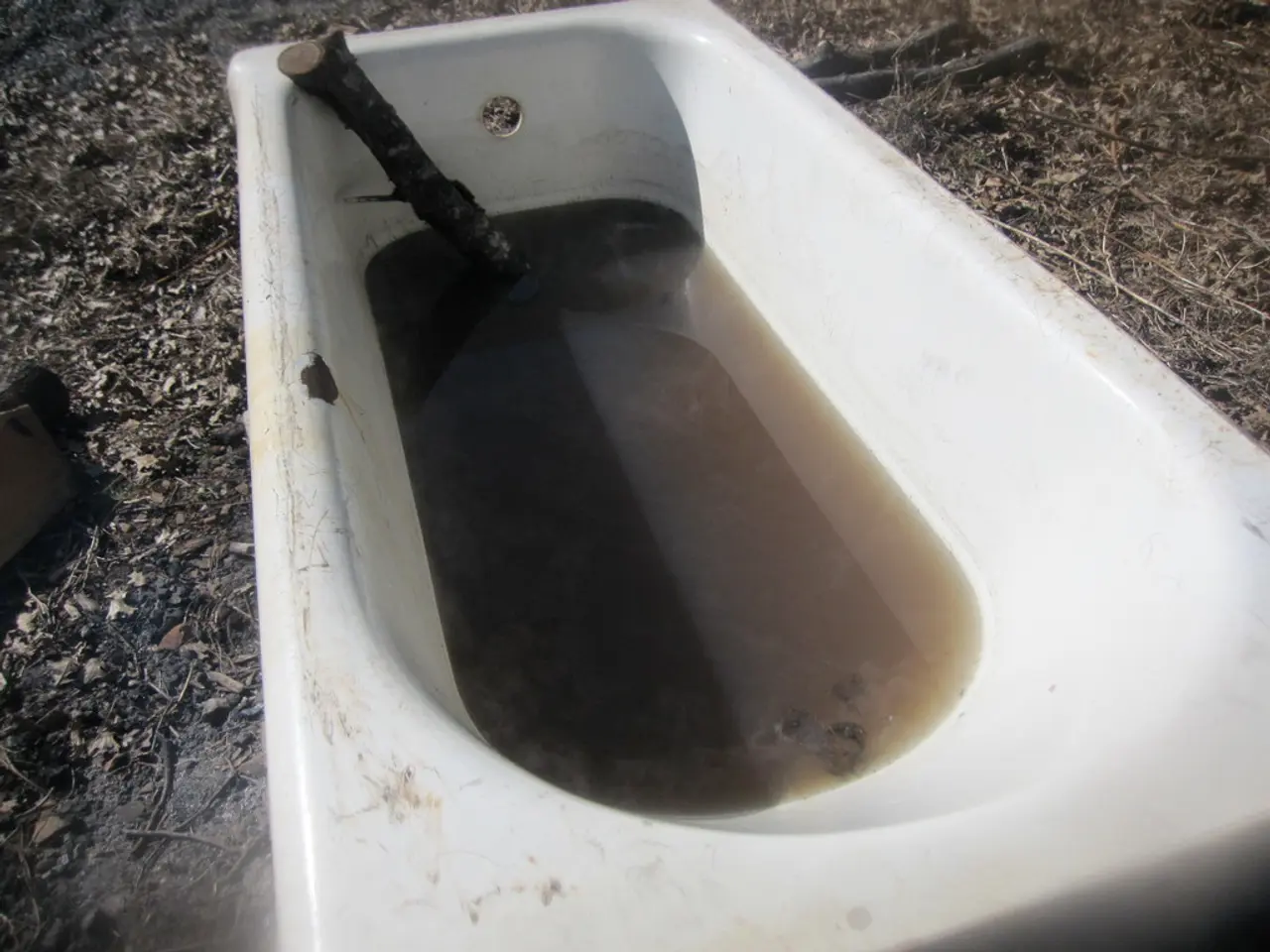Modern Methods Employed by Canadian Hydrographic Service for Bathymetric Data Combination
The Canadian Hydrographic Service (CHS) and Teledyne CARIS have joined forces to develop innovative automated workflows for creating Electronic Navigational Charts (ENC) ready bathymetric features. This collaboration aims to streamline cartographic workflows, keep up with demand, and provide up-to-date data for mariners.
The workflow begins with the Data Cleaning and Quality Control step, where raw bathymetric soundings are filtered to remove outliers and noise. Following this, the Sounding Selection step employs automated selection algorithms to choose representative soundings for display in the ENC, while maintaining critical depth information.
The Contour Generation step involves the creation of bathymetric contours at defined intervals, adhering to cartographic standards. This process typically includes gridding the bathymetric soundings followed by isoline extraction. The Coastline Creation and Generalization step includes creating a triangulated irregular network (TIN), smoothing the interpolated surface, and extracting the coastline.
The Point Cloud Preparation step involves converting the deconflicted combined surface to a point cloud at a resolution based on the compilation scale. The Depth Contours Creation and Generalization step includes generating a TIN, adding the coastline, interpolating a seamless surface, and extracting the depth contours.
The Sounding Selection Workflow involves cutting areas without navigable waters and outside of the area of interest from the deconflicted combined surface. The Integration with ENC Schema step then formats and attributes the contours and soundings according to IHO S-57/S-101 ENC specifications, preparing them for electronic navigational charts.
The CHS envisions a future where any new product or update to an existing ENC is compiled using automated tools. The use of these new tools has highlighted areas where codification or data validation practices have been insufficient, leading to the assessment of abnormal results and improvement of past cartographic work or data validation decisions.
The developed tools have allowed the CHS to create a mostly automated, nationally harmonized workflow for ENC-ready bathymetric features with minimal human interactions. Early positive preliminary results have earned the confidence of cartographers and hydrographers, encouraging their use.
The CHS is seeking optimizations in its ENC production and updating workflows. Modernizing and standardizing the way to update hydrographic products for electronic navigation is timely to ensure optimal contribution to the safety of life at sea (SOLAS) and the blue economy. Adopting, developing, and improving this modern approach to classify bathymetry and automated workflows provides valuable and necessary teaching and support tools for cartographers and hydrographers.
For those interested in learning more about this collaborative workflow, resources include official publications and presentations from hydrographic or geospatial conferences such as the International Hydrographic Conference (IHC), Esri User Conferences, or those published by the Hydrographic Society. The CHS and Teledyne CARIS websites also offer a wealth of information, including white papers, product documentation, and webinar recordings. Technical papers in journals such as the Journal of Navigation and Hydro International may also provide insight into this groundbreaking work. Finally, reaching out to CHS or Teledyne CARIS representatives via their contact forms or LinkedIn profiles may provide technical documents, user guides, or direct you to resources about the automated ENC-ready bathymetry workflow.
In the proposed automated workflow, the data used for creating Electronic Navigational Charts (ENC) ready bathymetric features undergoes a series of advanced processing steps, such as Data Cleaning and Quality Control, Sounding Selection, Contour Generation, Coastline Creation and Generalization, Point Cloud Preparation, Depth Contours Creation and Generalization, Sounding Selection Workflow, and Integration with ENC Schema. This cutting-edge workflow, a product of the collaboration between the Canadian Hydrographic Service (CHS) and Teledyne CARIS, aims to streamline cartographic workflows, meet demands, and provide up-to-date data for mariners in the face of challenges like climate-change and environmental-science. The CHS is also actively seeking optimizations and improvements in this modern approach to classify bathymetry and automated workflows, which can be further studied through official publications, presentations, and technical papers in journals.




